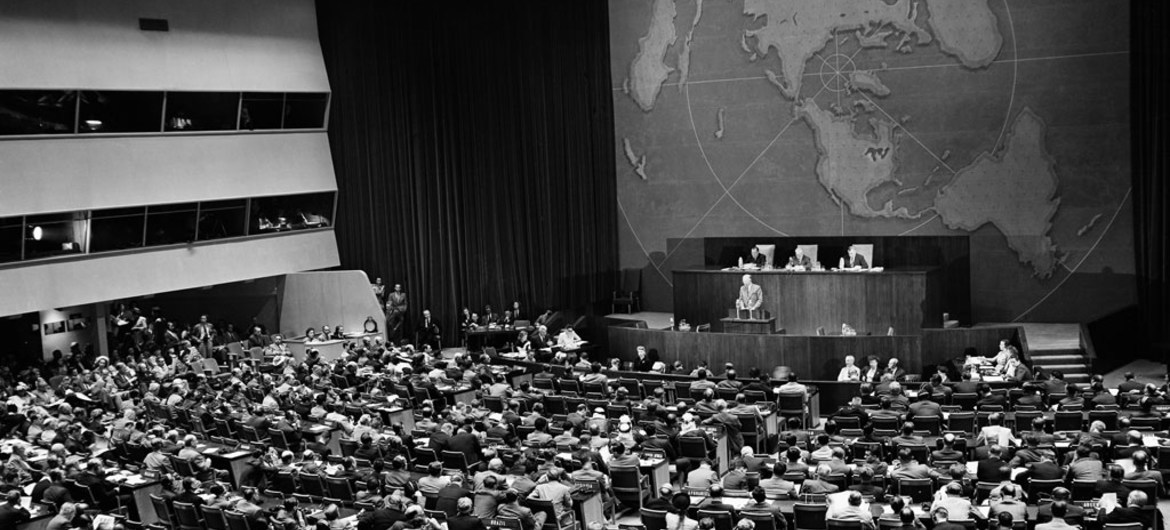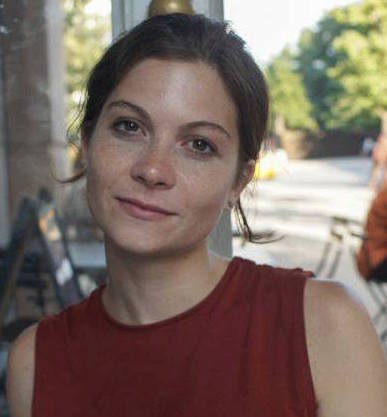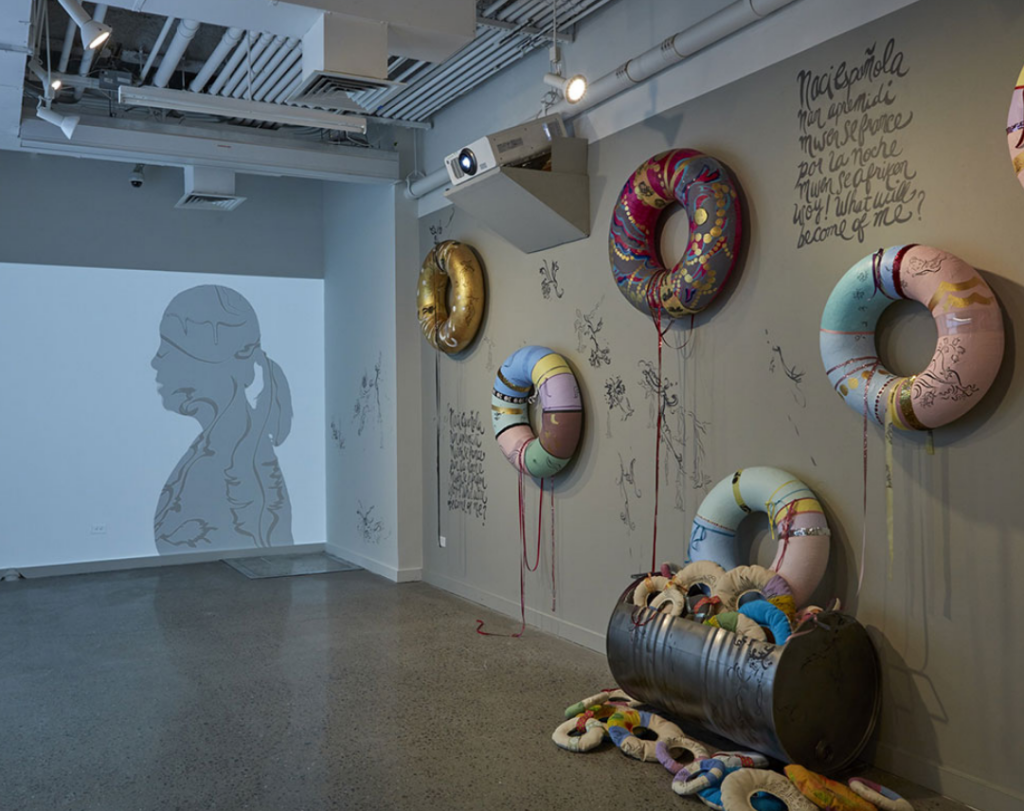United Nations, Queens: A Local History of the 1947 Israel-Palestine Partition

Chelsea Haines is an independent curator, a PhD candidate in Art History at the Graduate Center, CUNY, and a recipient of the 2018 Public Humanities Fellowship from Humanities New York and the Center for the Humanities at the Graduate Center, CUNY for her public humanities project “United Nations, Queens: A Local History of the 1947 Israel-Palestine Partition.”
On November 29, 1947, the United Nations General Assembly voted to adopt Resolution 181 (II), better known as the UN Partition Plan for Palestine. The Partition Plan, which was never realized, is today often cited as a lost opportunity for peaceful resolution and mutual recognition of Israel and Palestine as independent, sovereign states.
Less known is the site where this vote took place: the first makeshift United Nations, located in the former New York City Pavilion of the
1939-40 World’s Fair in Flushing Meadows-Corona Park, Queens. This building is today the home of the Queens Museum.
In 2018, as the Public Humanities Fellow with support from Humanities New York and the Center for the Humanities at the Graduate Center, Chelsea Haines’s public humanities project explores the early history of the United Nations as an entry point into the broader background of New York City’s early engagements with Israeli-Palestinian relations. This history includes not only the UN Partition Plan, but also the more public sphere of the New York World’s Fairs in 1939 and 1964, where pavilions representing both nations attempted to persuade New Yorkers to their cause. This project aims to highlight the “former futures” of Israel-Palestine and provide a new framework for New Yorkers to think about a conflict that often feels far away.
This Public Humanities Fellowship and Project is sponsored by Humanities New York and the Center for the Humanities at the Graduate Center, through support from the Andrew W. Mellon Foundation.
Participants

Chelsea Haines
Public Humanities Fellow
Related Posts
Report

The Center for the Humanities Annual Report, 2018-2019
Fellowships & Opportunities

2024-2025 Graduate Student Public Humanities Fellowship
Fellowships & Opportunities

2022-2023 Graduate Student Public Humanities Fellowship
Fellowships & Opportunities
